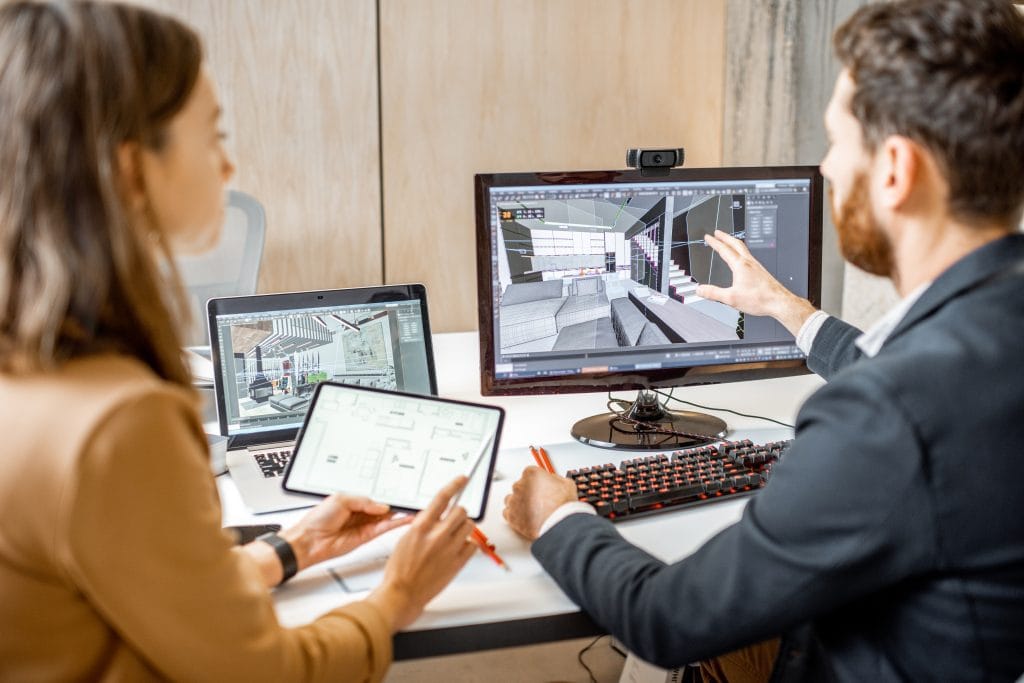


When Architects Double as Sustainability Consultants

The Expanding Role of Architects in Sustainability
Architecture has traditionally been defined by aesthetics, structure, and function. Today, however, it increasingly intersects with environmental responsibility. Architects are no longer simply creators of buildings; many have evolved into sustainability consultants guiding the environmental performance of the projects they design. This shift reflects a global demand for smarter resource use, lower carbon footprints, and healthier urban environments. With climate awareness now a mainstream concern, clients expect more than just design—they expect accountability and innovation that align with environmental goals.
The movement toward sustainable architecture is not new, but its depth and complexity have grown dramatically. Modern architects are integrating life cycle analysis, renewable energy systems, and sustainable material sourcing into their planning processes. Their role now extends beyond blueprints and building codes, influencing energy modeling, water management, and post-construction operational strategies. This new level of involvement reflects a wider recognition that sustainability must be embedded in every stage of a building’s life, not just added as a decorative afterthought.
How Sustainability Consulting Became Part of Architectural Practice
The integration of sustainability consulting into architectural practice gained momentum as businesses and municipalities started adopting green standards such as LEED, BREEAM, and WELL certifications. These frameworks require expertise not only in design but also in environmental analysis, compliance documentation, and long-term performance monitoring. Architects, already skilled at systems thinking, were natural candidates to fill that advisory gap.
Over time, architectural firms began hiring in-house sustainability specialists or training existing staff to take on consulting roles. Some firms created dedicated divisions to focus on sustainable development strategies, enabling them to guide clients through complex certification processes. By bridging design with environmental science, architects became indispensable to projects seeking to balance innovation with regulation. Firms such as Arup and HDR have built reputations around this integration, shaping projects that meet both aesthetic and environmental performance goals.
Why Businesses Are Turning to Architect-Consultants
Developers, corporations, and public agencies are increasingly hiring architects who can also serve as sustainability consultants because they simplify coordination and strengthen accountability. Instead of juggling multiple firms—one for design, another for environmental analysis—clients can work with a single integrated team. This reduces project friction and allows for a unified vision from concept to completion.
Additionally, environmental regulations are tightening across the globe. Cities such as New York and London now have aggressive carbon neutrality targets that directly affect building permits and compliance. Having an architect who understands both design and sustainability frameworks reduces the risk of costly retrofits or delays. For corporations seeking to align with Environmental, Social, and Governance (ESG) objectives, this dual expertise helps them meet public commitments without sacrificing design quality or operational efficiency.
The Business Case for Sustainable Design
Sustainability is not just an ethical choice—it’s a financial strategy. Energy-efficient buildings have lower operational costs, retain higher long-term value, and often qualify for tax incentives or green financing. Tenants and buyers are also showing strong preferences for properties that reflect environmental responsibility. According to JLL, green-certified buildings can command higher rent premiums and occupancy rates compared to traditional structures. This economic advantage reinforces the importance of hiring professionals who can design for sustainability while maximizing returns.
Architects who double as sustainability consultants help developers identify materials and technologies that offer both ecological and financial payoffs. Whether it’s installing solar panels, using reclaimed wood, or optimizing daylight systems, their insights translate into measurable savings. They can also quantify these benefits during planning stages using advanced modeling tools, which strengthens a client’s investment case and builds trust during stakeholder presentations.

Technology’s Role in Sustainable Architecture
Digital transformation has accelerated the integration of sustainability into architectural workflows. Software platforms such as Autodesk’s Building Information Modeling (BIM) tools allow architects to simulate energy performance, predict lifecycle emissions, and analyze materials before construction even begins. With cloud-based platforms, teams can now collaborate in real time, testing different configurations to find the most efficient and environmentally responsible outcomes.
Emerging technologies are also reshaping how architects measure and reduce environmental impact. Artificial intelligence is being used to optimize building orientation and shading, while digital twins enable ongoing monitoring of energy use after occupancy. These innovations make it possible to create buildings that adapt to their environments, maintaining efficiency across decades of operation. The architect-consultant of today operates as a data-driven strategist as much as a designer, using predictive insights to inform every structural decision.
Architects Driving Circular Construction and Material Innovation
One of the most transformative areas of sustainable architecture involves material innovation and circular construction. Rather than focusing solely on new materials, architects are rethinking how materials are sourced, used, and repurposed. The concept of “design for disassembly” encourages structures that can be easily deconstructed and reused, reducing waste and conserving resources. Firms like Foster + Partners and Snøhetta have pioneered projects that demonstrate how reclaimed materials can meet modern performance standards without compromising aesthetics.
These advancements align with the broader global shift toward circular economies. By advising on the full life cycle of materials—from extraction to reuse—architects acting as sustainability consultants help clients minimize environmental impact while unlocking new creative possibilities. Their role has become pivotal in bridging the gap between architectural innovation and environmental accountability, influencing suppliers and manufacturers to develop products that support regenerative design principles.
Impact on Urban Development and Public Policy
Architects who incorporate sustainability consulting are also shaping how cities plan for growth. Urban projects increasingly require coordination between multiple disciplines: transportation, housing, energy infrastructure, and public spaces. When architects are involved at the policy level, they can advise on zoning codes, building incentives, and community-level sustainability targets. This holistic participation allows them to influence systemic change beyond individual buildings, helping shape sustainable cities from the ground up.
Collaborations between architects and municipal authorities are producing measurable outcomes. In cities like Copenhagen and Singapore, sustainable architecture has become a cornerstone of urban identity. Public-private partnerships guided by architect-consultants have resulted in net-zero districts and resilient infrastructure capable of adapting to climate shifts. By balancing aesthetics with environmental responsibility, these architects are redefining what progress looks like in the built environment.
Education and Certification: Preparing Architects for Dual Roles
The demand for architects with sustainability expertise has also influenced education. Many universities and professional organizations now offer sustainability-focused design programs and certifications. The American Institute of Architects (AIA) encourages continuing education in environmental performance, while the U.S. Green Building Council provides credentialing for LEED-accredited professionals. These credentials give architects a competitive edge and equip them with the tools to translate complex sustainability metrics into actionable design strategies.
Additionally, as clients become more environmentally aware, the value of certification grows. Firms that can demonstrate technical proficiency in sustainability often win higher-profile contracts and government projects. Training and professional development are now central to maintaining relevance in an increasingly eco-conscious marketplace. As the boundaries between design and sustainability blur, architects who embrace lifelong learning are best positioned to thrive.
Looking Ahead: The Future of Sustainable Architecture
The evolution of architects into sustainability consultants signals a broader transformation in the design industry. Environmental responsibility is no longer an optional service—it’s an expectation. The architects of the future will need to navigate a complex intersection of design creativity, regulatory compliance, and environmental science. Those who can bridge these disciplines will drive innovation across both public and private sectors.
Furthermore, advancements in materials science, renewable energy integration, and AI-driven analysis will deepen the collaboration between architects and sustainability teams. As construction becomes increasingly digitized, architects will have greater control over performance metrics and resource optimization. Their influence will extend well beyond individual projects, shaping entire supply chains and influencing public awareness of sustainable living.
Closing Remarks
When architects serve as both designers and sustainability consultants, they redefine the boundaries of their profession. Their expertise now extends from artistic expression to measurable environmental outcomes, creating spaces that are not only beautiful but responsible. This dual role reflects the evolving expectations of clients, communities, and industries striving for long-term resilience. The architects leading this movement are helping businesses adapt to an era where environmental performance and profitability can coexist. As sustainability continues to reshape how the world builds, their contributions will leave a legacy that transcends design, setting the standard for a more balanced and forward-thinking future.





